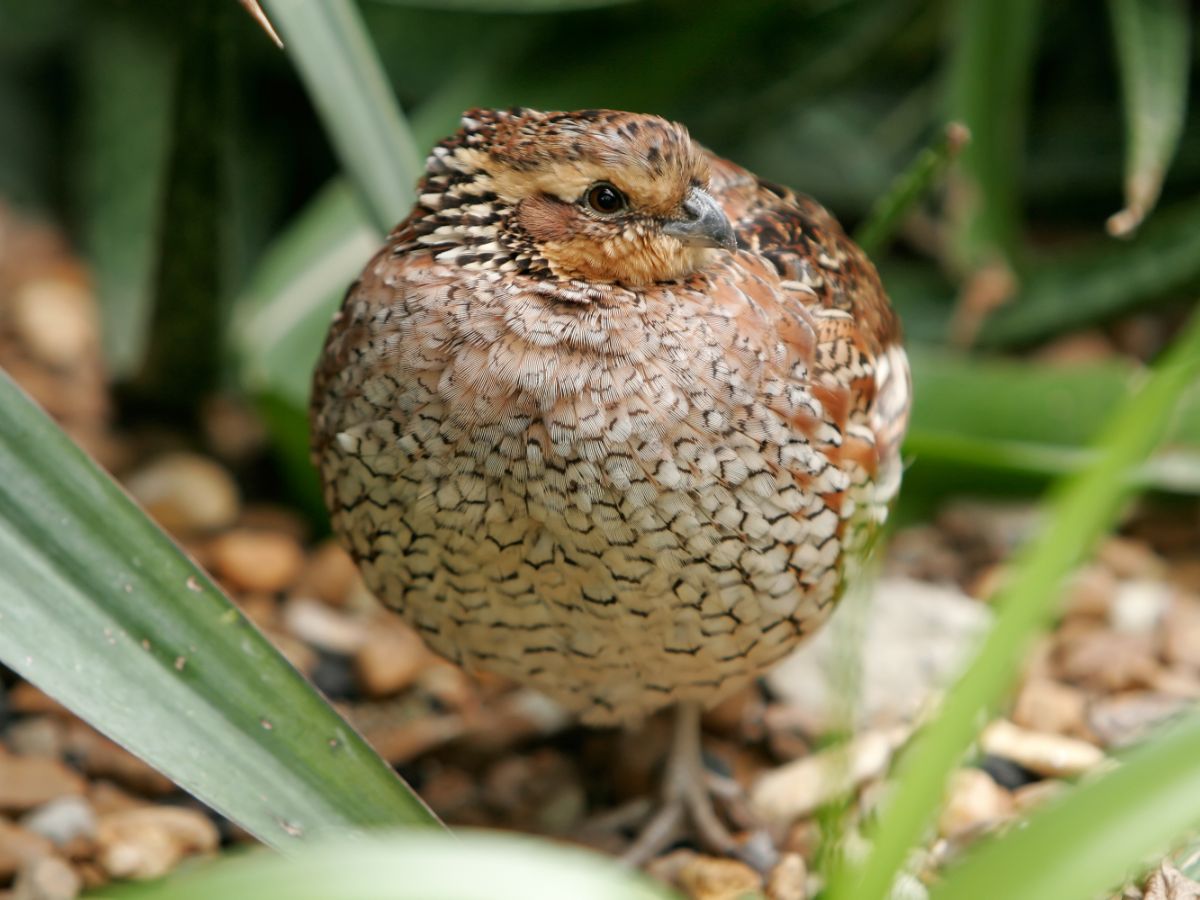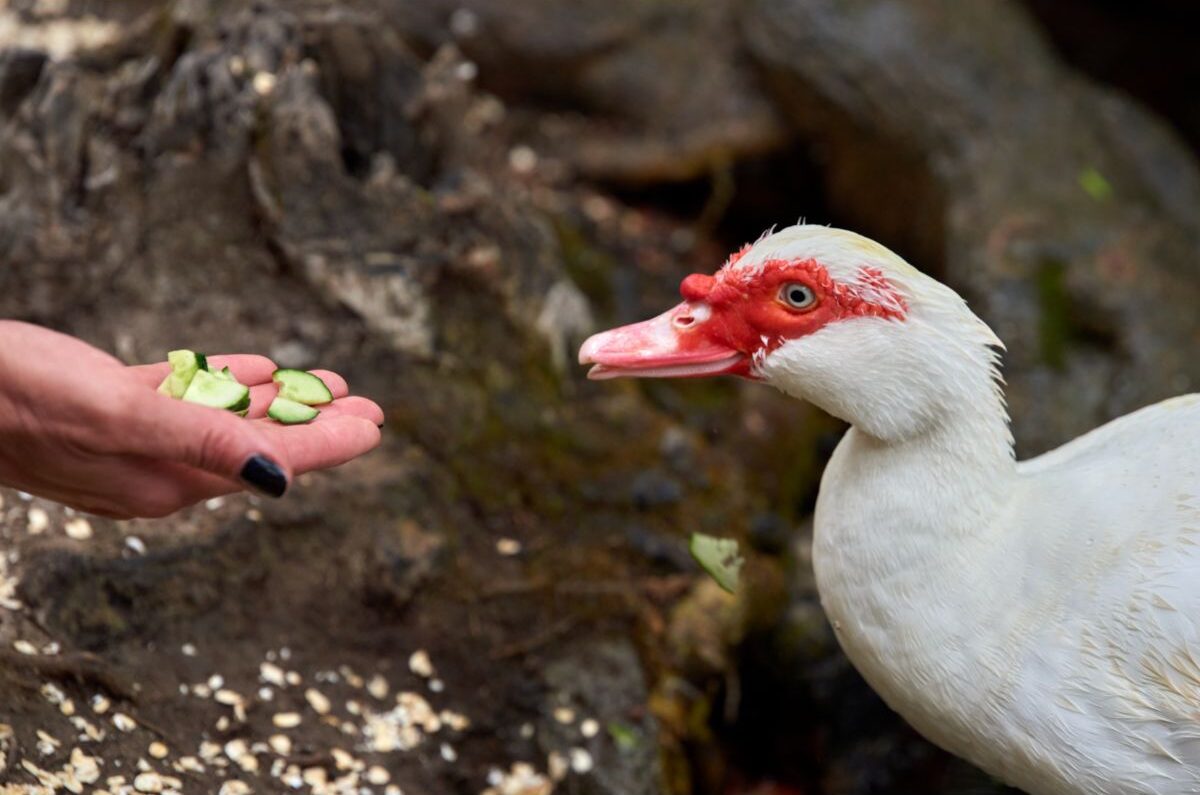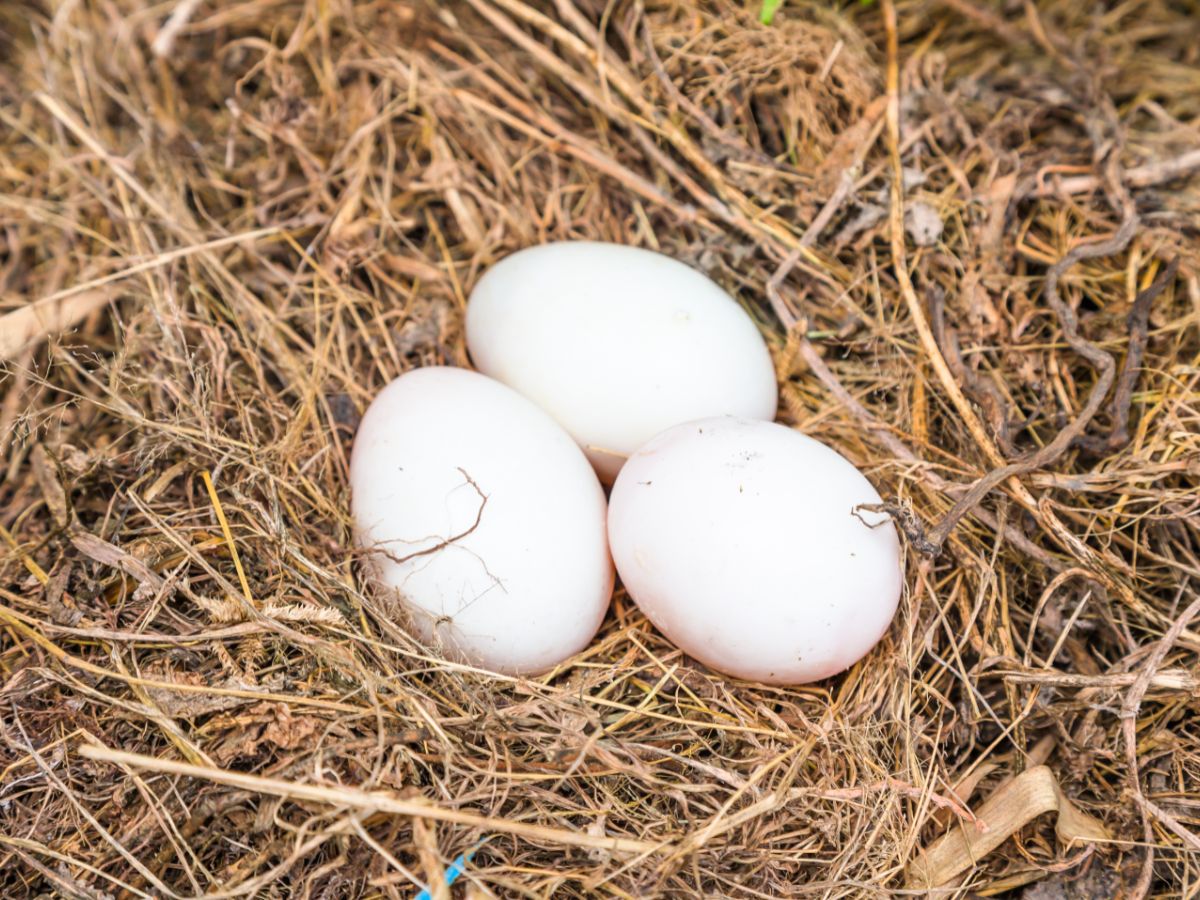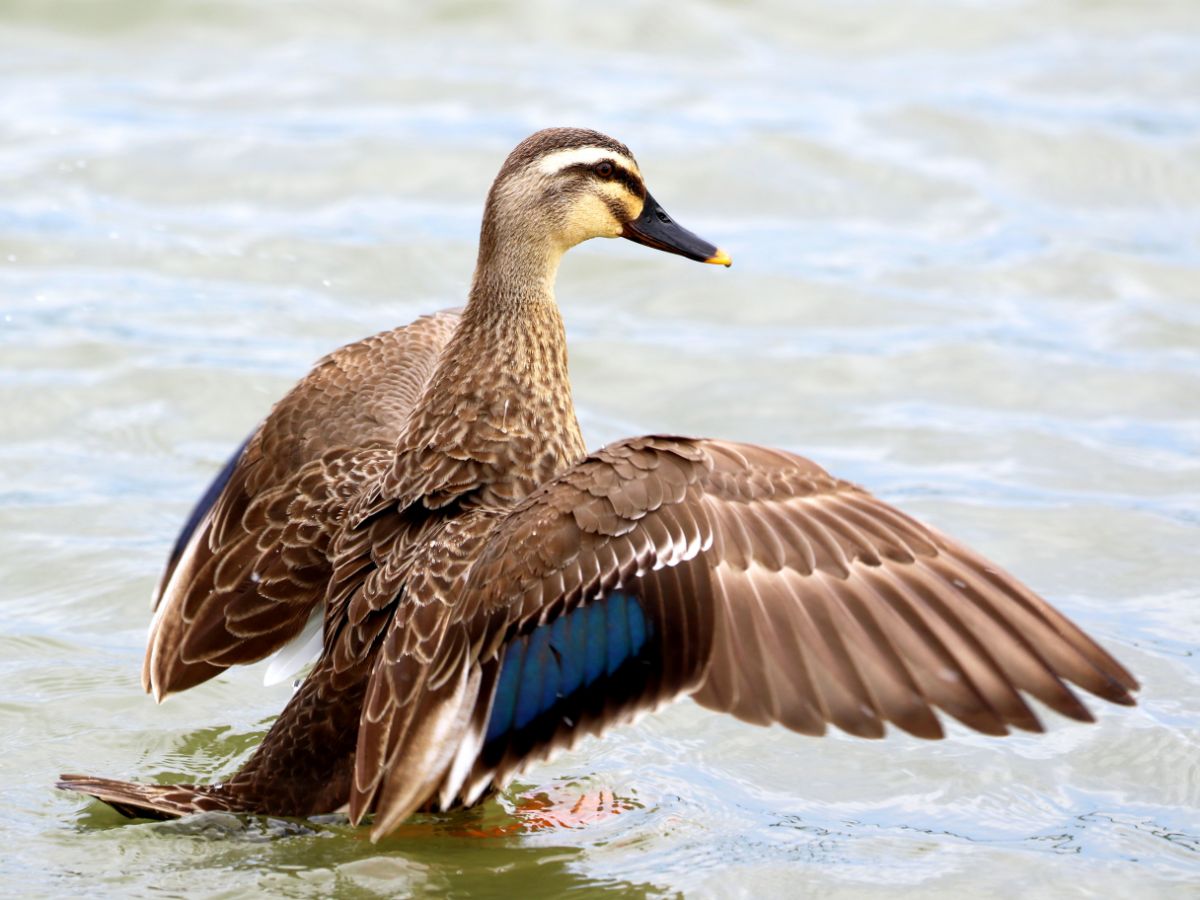Long overlooked, quail are now high on the rise amongst the new ventures of poultry enthusiasts. These compact game birds are delicious, offer highly nutritious eggs, and require minimal space. However, with over 100 different breeds, which are best for beginners?
The best quail breed for beginners is the Coturnix quail, outperforming other quail breeds in meat and egg production. However, other popular breeds for beginners include the Bobwhite, California, and King quail. Then, the Blue-scale is an expensive but friendly quail breed great for beginners.
Quail are an excellent way to add a touch of variety to your poultry operation. Selecting a quail breed will depend on whether you’re interested in raising them from eggs, meat, pets, or hunting. Here are our top five of the 130-some quail breeds best for beginners.
Contents
The Best Quail Breeds for Beginners
The best quail breeds for beginners include:
- Coturnix or Japanese quail
- Bobwhite quail (northern)
- California quail
- King quail
- Blue-scale quail
1. Coturnix Quail (Japanese Quail)
The Coturnix, or Japanese quail, is at the top of our list for a reason.
Six Coturnix quail variants include the Golden Coturnix, Tibetan, Rosetta, White English, Jumbo Coturnix, and Tuxedo.
The Coturnix – the broiler of quail – is a straightforward livestock addition that is hardy, matures fastest, and produces more eggs and meat than all other quail breeds. In addition, it requires minimal effort to produce gourmet-quality eggs and meat.
The Coturnix is known for its rapid growth rate, generally fully grown at six weeks and ready to produce eggs at eight weeks.
Japanese quail are dual-purpose birds suitable for egg and meat production. The Jumbo Coturnix variety is mainly preferred for meat production, weighing up to 14 ounces.
The Japanese quail are gentle and docile birds with a hardy nature, making them ideal for beginners. However, if you hand-raise these quail from a young age, you can easily tame them with regular and gentle handling.
Coturnix quail have a poor predisposition to broodiness. In fact, they have terrible motherly instincts. So, you’ll want to incubate their eggs if you’re interested in breeding.
- Uses: Dual-purpose (eggs and meat)
- Weight: 3.5 to 6 ounces (Jumbo = 10 to 14 ounces)
- Lifespan: 2 to 2.5 years
- Eggs: 200 to 300 eggs yearly

2. Bobwhite Quail (Northern)
Named after their little song, the Northern Bobwhite quail is another excellent, beginner-friendly quail for homesteads. These game birds are top-tier for hunting, eggs, and meat.
The Northern Bobwhite quail has 22 different variants, including the Masked, Rufous-bellied, Black-headed, Black-breasted, Spot-bellied, Mexican Bobwhite, and more.
Northern Bobwhite quail mature slower than the Coturnix, taking around 16 weeks to mature and up to 26 weeks to lay eggs and reproduce.
Bobwhites are active, nervous, and prone to become stressed. As a result, they are best raised outdoors in large, closed-in areas with plenty of hiding and roaming space.
Their nervous, flighty nature makes them ideal for flushing and hunting. In addition, their agility, speed, and spontaneity make them fun and challenging to hunt.
- Uses: Meat, hunting, and eggs
- Weight: 4.6 to 6.1 ounces
- Lifespan: 2 to 5 years
- Eggs: 100 to 200 eggs yearly

3. California Quail
If meat and eggs aren’t as important as having a tiny quail for mere entertainment, the California quail might be your lucky fit.
The California quail is California’s official bird and occurs throughout the state. There are seven varieties, including the San Lucas California, Owen Valley, Santa Catalina, Warner Valley, San Quintin California quail, and more.
The California quail – often mistaken for the Gambel quail – is a curious and handsome little fellow with a forward-drooping head plume. These game birds are excellent additions to aviaries with other small birds.
The California quail are friendly and don’t mind being around people. However, they are prone to flush to cover when scared, so you’ll need to approach them gently.
California quail mature around 6 weeks and start laying at 8 weeks.
- Uses: Ornamental
- Weight: 5.5-5.7 ounces
- Lifespan: 1 to 2 years
- Eggs: 100 eggs yearly

4. The King Quail (Button Quail)
The King quail, or the Button quail, is an ornamental bird featuring colorful plumage.
King quail color varieties include the Red-breasted, Blue-faced, Silver, White, Golden pearl, Cinnamon, Tuxedo pied, White-winged pied, and Splash pied.
These game birds can be used for eggs and meat, but they are mainly kept as ornamental pets and generally become tame.
King quail are hardy enough to be kept by novice poultry owners. They are docile, friendly, and quiet. As a result, they are often kept as pets or show birds. These little birds require minimal care, like food, water, warmth, and shelter that you can easily provide.
Although docile, little kids shouldn’t handle King quail without supervision. Their tiny bodies can quickly become injured due to their small size.
The King quail prefers having company, so aim to keep them with at least one more bird. In addition, they can fly but like spending most of their lives on the ground. So, you can happily keep them in smaller aviaries.
King quail mature around 6 weeks and start laying at 8 weeks.
- Uses: Ornamental
- Weight: 1 to 2 ounces
- Lifespan: 3 to 5 years
- Eggs: 200 eggs yearly

5. The Blue-scale Quail
The Blue-scale quail, also known as Cotton-tops, is a rare and expensive breed found in Colorado, Kansas, and Central Mexico.
They are pretty, exotic-looking little birds. The Blue-scale quail only has one species variation. They are blueish-grey with white mottled breasts (hence their name) and white crested feathers adorning their heads.
Blue-scale quail is a well-loved bird and makes excellent pets. They are calm, gentle, and social birds that prefer moving in large groups and nesting on sandy soil. Instead of flying away when scared, these little birds run away.
Blue-scale quail mature at 12 weeks but only start laying at 24 weeks. If you’re interested in collecting unique quail species, the Blue-scale will bring an exciting touch to your homestead or backyard aviary.
- Uses: Ornamental
- Weight: 6 to 8 ounces
- Lifespan: 1.5 to 5 years
- Eggs: 50 to 60 eggs yearly

Conclusion
The Coturnix is the best quail breed for beginners looking for meat and egg production. But, then, the Bobwhite is ideal for hunting and sports purposes.
The California and King quail make great ornamental pets. Lastly, the Blue-scale quail is an expensive and rare breed that makes a friendly and gentle pet. So, if you have a penny to spare, they are worth the price.




